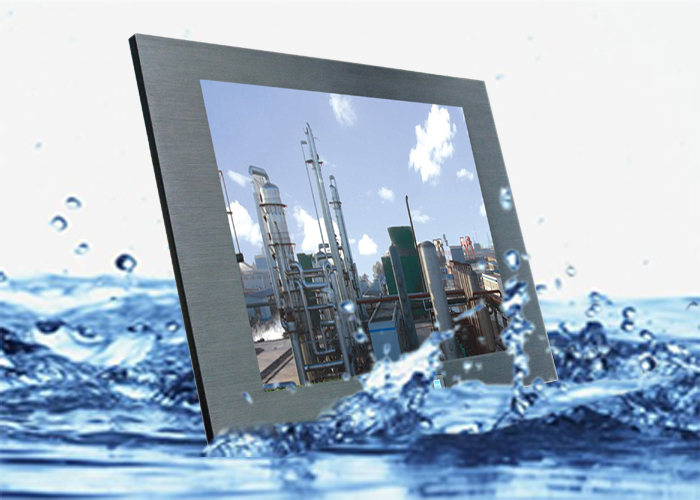Waterproof monitors are designed to withstand exposure to water, moisture, and other harsh environmental conditions, making them ideal for various applications in industries such as marine, medical, industrial, outdoor advertising, and food processing. These monitors are built with robust materials and sealing techniques to prevent water ingress and ensure reliable performance in wet or humid environments.
What are Waterproof Monitors?
Waterproof monitors are display units that have been specifically designed and manufactured to resist water and moisture. They are typically rated with an Ingress Protection (IP) rating, which indicates the level of protection against dust and water. Common IP ratings for waterproof monitors include IP65, IP66, and IP67, with higher numbers indicating greater levels of protection.
Benefits of Waterproof Monitors
Protection Against Water and Moisture
Waterproof monitors are sealed to prevent water ingress, making them suitable for environments where they may be exposed to rain, splashes, or high humidity.
Durability
These monitors are built with rugged materials and reinforced structures to withstand harsh conditions, including temperature extremes and physical impacts.
Versatility
Waterproof monitors can be used in a wide range of applications, from outdoor digital signage to industrial control systems in washdown environments.
Hygiene
In environments such as food processing and medical facilities, waterproof monitors can be easily sanitized and cleaned, maintaining high hygiene standards.
Reliability
Designed for continuous operation in challenging conditions, waterproof monitors offer reliable performance and longevity.
Applications of Waterproof Monitors
Marine and Boating
Used on ships, yachts, and other marine vessels for navigation, monitoring, and entertainment systems, where exposure to saltwater and high humidity is common.
Outdoor Digital Signage
Employed in outdoor advertising, information kiosks, and wayfinding systems, where they must withstand rain, dust, and varying temperatures.
Industrial Environments
Integrated into control panels and HMI systems in industries such as food and beverage processing, pharmaceuticals, and chemical manufacturing, where equipment may be subject to washdowns and spills.
Medical and Healthcare
Used in operating rooms, patient monitoring systems, and other medical equipment that requires regular cleaning and sterilization.
Public Transportation
Deployed in outdoor ticketing machines, information displays, and control systems at train stations, bus stops, and airports.
Installation and Maintenance
Installation Steps
Preparation: Ensure the installation site meets the requirements for the waterproof monitor, including adequate space, power supply, and connectivity.
Mounting: Secure the monitor using appropriate mounting hardware and techniques to ensure it is stable and properly positioned.
Sealing: Verify that all seals and gaskets are correctly installed to maintain the monitor’s waterproof integrity.
Connection: Connect the necessary data and power cables, ensuring all connections are secure and properly sealed.
Maintenance Tips
Regular Cleaning: Clean the monitor regularly with appropriate cleaning agents to remove dirt and contaminants, following the manufacturer’s recommendations.
Inspect Seals and Gaskets: Periodically check all seals and gaskets for wear or damage and replace them if necessary to maintain waterproof integrity.
Firmware Updates: Keep the monitor’s firmware up-to-date to benefit from performance improvements and security patches.
Temperature Control: Ensure the environment maintains an appropriate temperature to prevent overheating and condensation.

